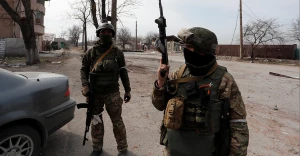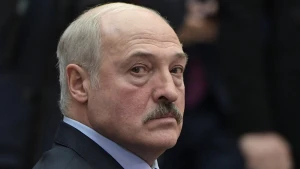
Dangerous even after being shot down: expert on Russia's modified cruise missiles
Defence Express military expert Ivan Kyrychevskyi explained how the Russian forces improved the Kh-101 cruise missiles for strikes on Ukraine
He spoke about it on Espreso TV on June 12.
Kyrychevskyi detailed the enhancements made by Russian forces to the Kh-101 cruise missiles for strikes on Ukraine. He highlighted the introduction of a new modification, featuring a 800 kg warhead, compared to earlier versions with a 450 kg warhead.
Kyrychevskyi explained that during preparation to protect the power industry, Ukraine anticipated Russian missiles to possess a consistent level of destructive power. However, with the introduction of the fourth modification of the Kh-101 missile, featuring cluster munitions in one of its warheads, the destructive capacity has increased significantly. He emphasized that if such a missile is intercepted, the cluster munitions still pose a threat as they can disperse and cause damage over a large area.
This scenario challenges the previous assumption that intercepted missiles would no longer pose danger after being shot down. The presence of cluster munitions in the wreckage further complicates the situation, leading to extensive damage even after successful interception.
- On the night of June 12, the Russian army launched Shahed-136 drones and cruise missiles at Ukraine. Air defense was active in Kyiv, there are victims of the attack. The attack was a combined one, using different types of weapons. Russia fired Kh-101 / Kh-555 / Kh-55 cruise missiles from Tu-95MS strategic bombers. These missiles came at Kyiv from the south in several waves. Almost simultaneously with the missiles, Russian attack UAVs were moving toward the capital from the same southern direction.
- News












































